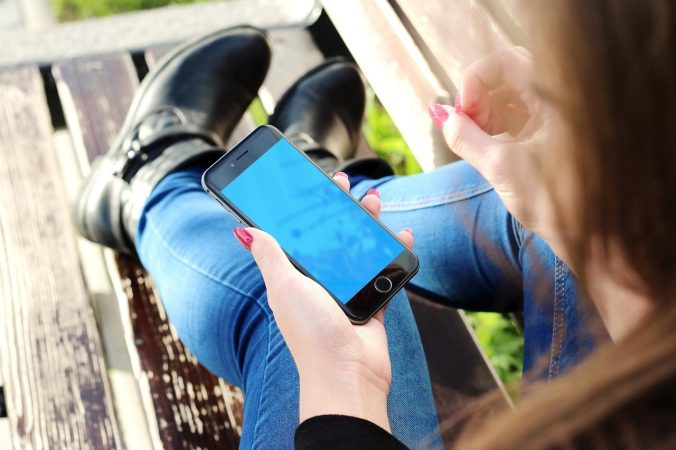Att patienter kan läsa sin journal online via 1177 Journalen har blivit en självklar del av svensk hälso- och sjukvård. Men hur upplever vårdpersonalen i primärvården denna förändring? I en ny studie i JMIR Medical Informatics undersöker Irene Muli, Åsa Cajander, Isabella Scandurra† och Maria Hägglund hur vårdpersonal upplevde implementeringen av journalöppning i en vårdcentral i Region Stockholm.
Ett system med både potential och problem
Personalen beskrev journalsystemet som både flexibelt och bristfälligt. Det uppfattades som tekniskt komplext, svårt att använda, och saknade tillräckliga funktioner för att skydda känslig information. Samtidigt upplevdes det som ett steg i rätt riktning för transparens och patientdelaktighet – särskilt när patienter kunde följa sin egen vård och komma bättre förberedda till besök.
Arbetsmiljön spelar stor roll
En viktig insikt i studien är att arbetsmiljön i primärvården påverkar hur systemet tas emot. Tidspress, hög arbetsbelastning och brist på stöd gör det svårt att hinna dokumentera korrekt och i tid. Dokumentationspraxis varierade dessutom mellan olika yrkesgrupper, och brister i struktur och kvalitet på anteckningar lyftes som en risk både för vården och för patienternas förståelse.
Blandade reaktioner bland vårdpersonalen
Vissa respondenter välkomnade öppenheten – andra var mer tveksamma. Det fanns oro för att patienter skulle misstolka information, bli oroade, eller ifrågasätta innehåll. Några anpassade sitt sätt att skriva journaler för att undvika konflikter, vilket riskerar att försämra den kliniska nyttan av anteckningarna. Samtidigt såg flera respondenter att patienterna kunde få bättre förståelse, känna sig tryggare och bli mer delaktiga i sin vård.
Implementeringen upplevdes som långsam och otydlig
En intressant del av studien handlar om själva införandet. Vårdpersonalen beskrev det som en lång och utdragen process med fragmenterad kommunikation. Många visste inte när systemet skulle aktiveras eller hur patienterna informerades. Några hade fått information genom tidigare arbetsplatser eller kollegor – men strukturerad utbildning saknades ofta. Flera uttryckte att de saknade förståelse för vad som faktiskt förändrades i praktiken.
Slutsatser
Studien visar att det inte räcker att implementera teknik – det behövs också organisatoriskt stöd, tydlig kommunikation och ett genomtänkt införande. För att digitala tjänster som journalöppning ska fungera i praktiken, krävs att både vårdpersonal och patienter får rätt förutsättningar och kunskap. Det behövs också bättre förståelse för hur arbetsmiljö, teknik och patientinteraktion samspelar i primärvårdens vardag.
Läs hela studien här:
Muli I, Cajander Å, Scandurra I, Hägglund M (2025). Health Care Professionals’ Perspectives on Implementing Patient-Accessible Electronic Health Records in Primary Care: Qualitative Study. JMIR Medical Informatics, 13:e64982.
https://medinform.jmir.org/2025/1/e64982
DOI: 10.2196/64982










